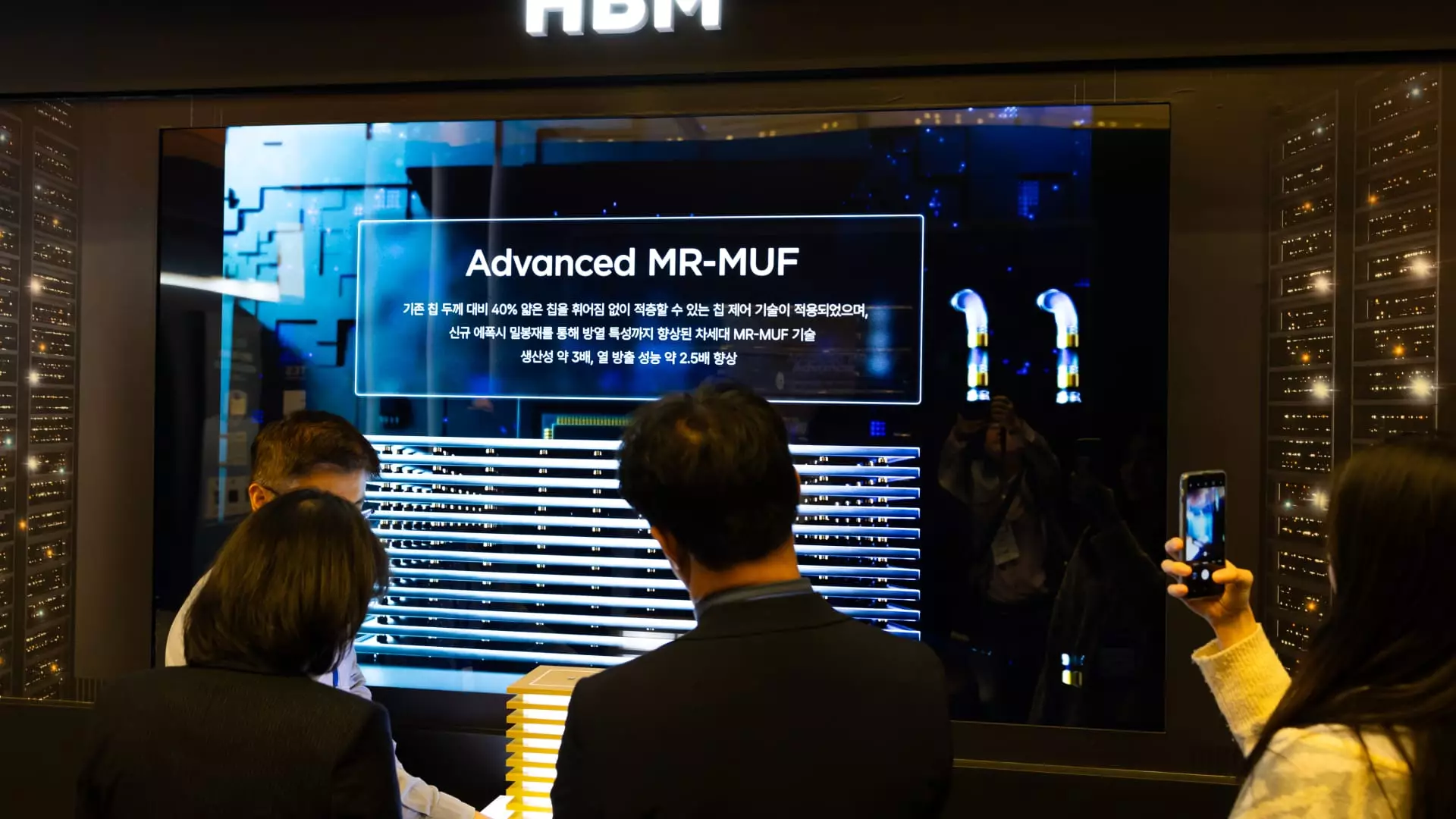In an audacious economic maneuver, South Korea has declared a staggering support package of 33 trillion won (approximately $23.25 billion) aimed squarely at bolstering its semiconductor sector amidst rising uncertainties stemming from the United States. This decision comes on the heels of rumors surrounding President Trump’s imminent announcement of tariffs on imported semiconductors, a scenario that could shake the very foundation of South Korea’s chip industry, which is vital for the nation’s economy. The stakes couldn’t be higher: semiconductors not only comprise a significant portion of South Korea’s exports, but their production also involves some of the world’s leading firms, like Samsung Electronics and SK Hynix.
The timing of this announcement is as critical as the amount itself. With Trump’s social media musings suggesting an investigation into the entire electronics supply chain for supposed “national security” threats, South Korea is left feeling the heat. This environment of heightened nationalism and protectionism coming from the U.S. raises legitimate concerns about the market stability for South Korean products.
Investing in the Future: A Comprehensive Strategy
What sets this stimulus package apart is its multifaceted approach. The South Korean government isn’t merely throwing money at the problem; it’s investing in strategic infrastructure. By subsidizing underground power transmission lines to semiconductor clusters and increasing investment ratios for critical infrastructure, the government is demonstrating far-sightedness. This is not just conventional support; this is a vote of confidence in what could be a fraught future.
Moreover, an emphasis on education and skill development, including funding programs for master’s and doctoral students, speaks volumes about South Korea’s desire to not only maintain its current semiconductor prowess but to innovate and lead in the long term. The additional scope for research opportunities, both domestically and internationally, suggests South Korea is not only bracing for a tough trade climate but also planning to emerge stronger.
The Revealing Numbers: A Glimpse of Stakes
The figures don’t lie. With semiconductors representing over 20% of South Korea’s $683.6 billion exports, and having recorded a staggering $141.9 billion in sales last year, the industry stands as a pillar of the nation’s economy. Such financial facts amplify the urgency encapsulated in this 33 trillion won plan. Furthermore, exports to the U.S., which have surged to a new annual record, highlight the reliance South Korea has developed on its trans-Pacific neighbor despite rising tensions.
On one hand, observers might laud this bold support package as a savvy move to enhance competitive resilience. On the other, it raises questions about dependent relationships in global trade. Should such heavy investments be necessary, indicating an industry under siege? The increase in low-interest loans highlights the economic fragility felt by companies that consistently face external pressures, be they political or economic.
The Broader Implications: Where Do We Stand?
The South Korean government’s decisive action reflects a broader struggle familiar to many economies battling external pressures from more nationalistic and isolationist policies elsewhere. By standing firm and proactively supporting one of its most critical industries, South Korea is signaling not only a commitment to its semiconductor sector but a rejection of being mere pawns in a geopolitical chess game. How the U.S. responds to this announcement will be vital; tariff negotiations could either vindicate or further complicate South Korea’s ambitions. In the battle between international interdependence and isolationist policies, South Korea’s bold stance may just be the spark needed to create a more equitable global trading environment.


Leave a Reply